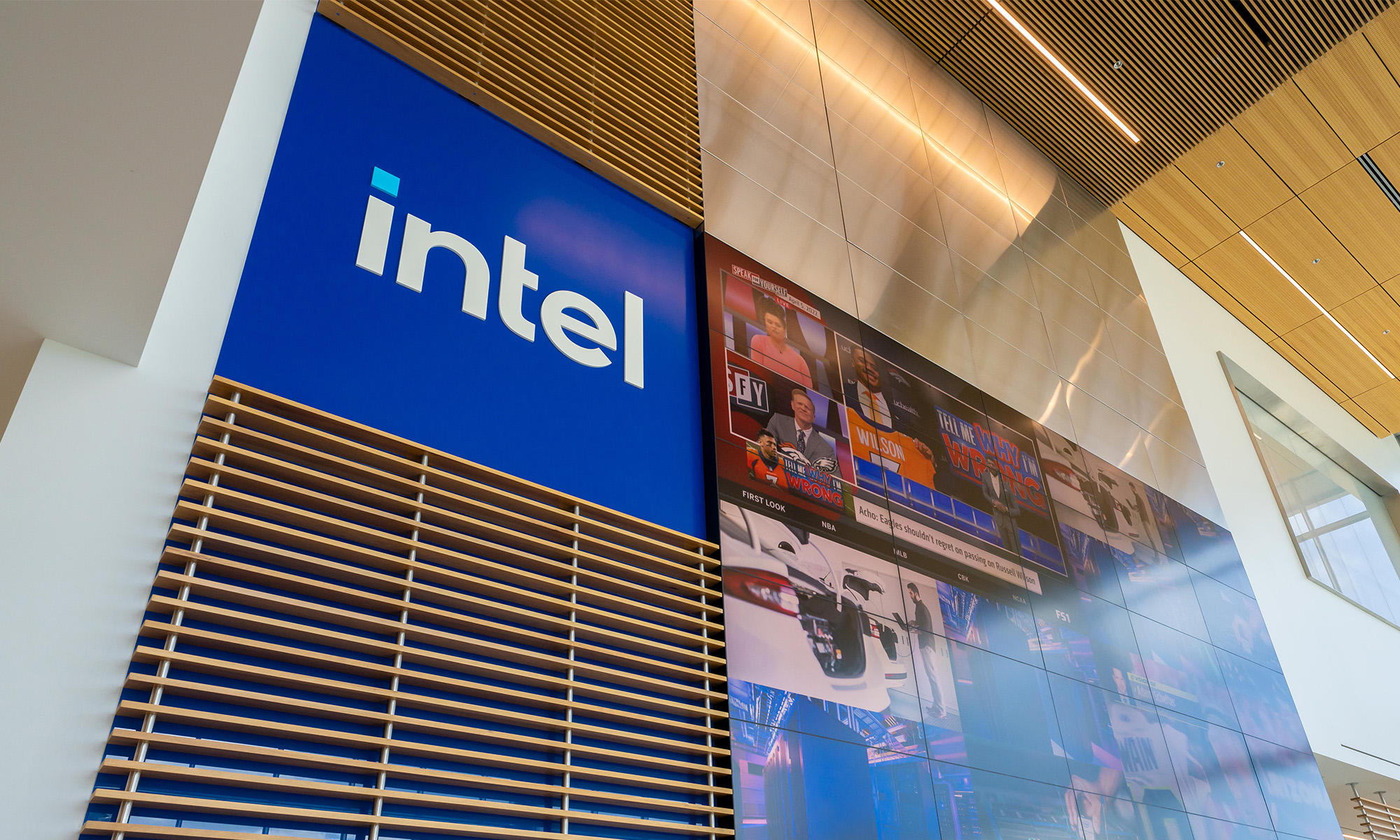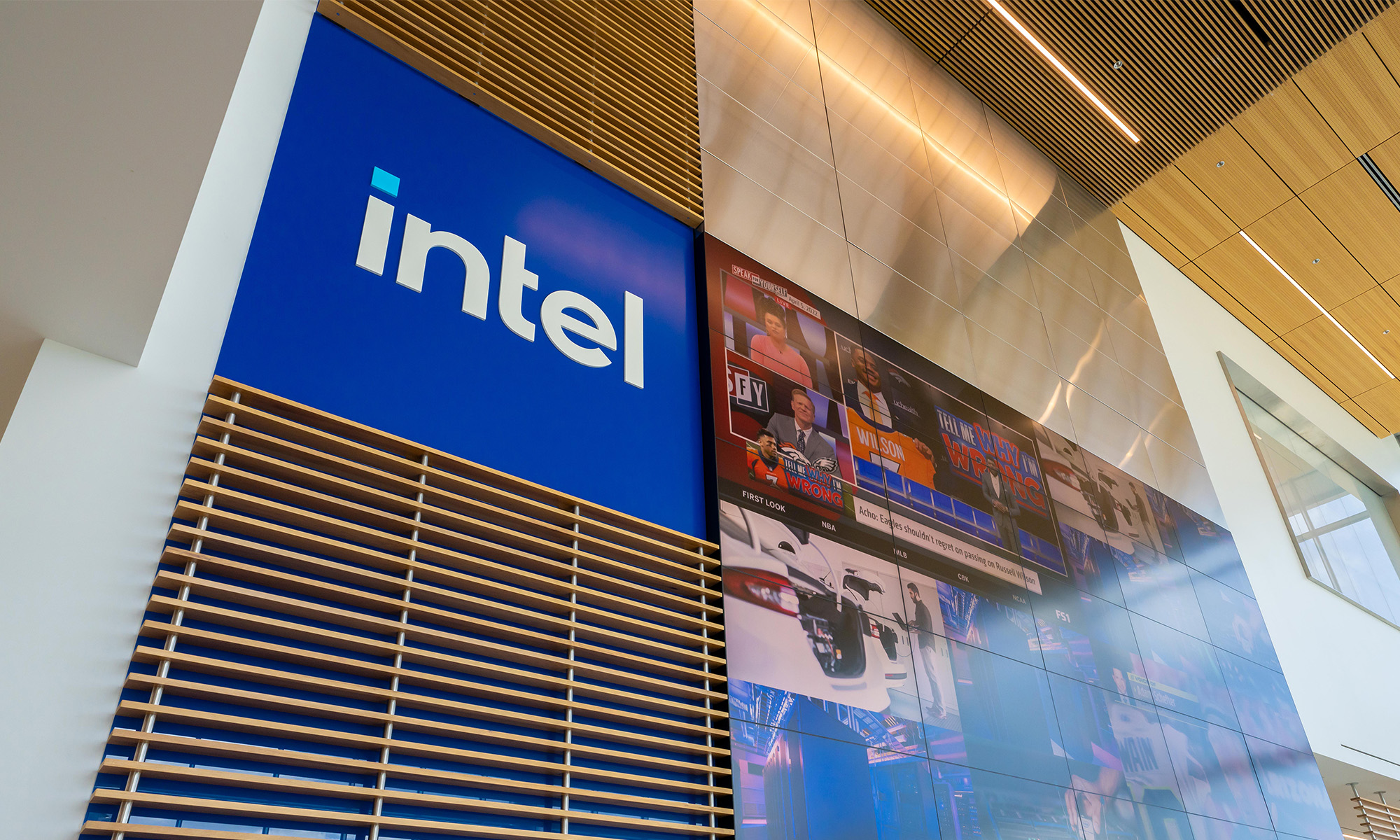Larger organizations are often reluctant to change, and this reluctance can be very damaging especially for technology giants like Intel (INTC 0.52%), which has demonstrated such resistance to change for quite a while, and has instead been relying too much on its personal computer segment. The rapid decline of the PC segment is finally forcing the company to consider other avenues of growth. While the initial handheld incursions have not been rewarding, Intel is in a position to regain past glory by embracing ARM.
Segments
The company generated approximately 63% and 21% of revenue from its PC and data-center groups, respectively, during 2013. In short, the company relies heavily on the PC and server industry, and the changing fortunes of the PC industry are forcing Intel to explore new avenues of revenue generation.
Fundamental performance
The company posted revenue of $12.8 billion in Q1 2014, as compared to $13.8 billion in the previous quarter. This translates to a decline of 8%, sequentially, and a growth of 1.4% on a year-over-year basis. The decline, compared to the previous quarter, may be due to seasonal effects, as the revenue shows growth when compared to prior year. The PC and datacenter groups were the primary revenue-generating segments for the company, as usual. The main reason for the meager growth was the fact that the 4.8% growth in data-center revenue was partially offset by the decline in PC group revenue. The 61% decline in the mobile segment, despite Intel's efforts in that space, is alarming.

Source: SEC filings
Intel is trying to offset its PC losses by exploring growing segments like the Internet of Things, or IoT, and the smartphone/tablet front. It is not gaining traction in the mobile space, despite its efforts, because of factors like x86's power and price disadvantages compared with ARM.
Moreover, the company is lacking economies of integration, as its first integrated SoC, SoFiA, has yet to be released. The IoT gained market share because medical and automotive-embedded applications are not power critical like smartphones and tablets, and the high-performing x86 is a viable solution for embedded systems.
The company posted net income of $1.97 billion in Q1 2014, which translates into a 5% year-over-year decline. Intel posted an EPS of $0.38, compared to $0.40 in the same quarter last year. Note that the EPS surpassed analyst estimates of $0.37 for the quarter, but net income declined, despite an increase in revenue due to relatively high R&D and M&A expenses.
Future prospects
Intel shipped chips for 5 million tablets this quarter, and management believes the company is on track to achieve the 40 million target set for 2014. The main design wins were from ASUS and Lenovo.
Intel is targeting white-box tablets and there have been reports that it will provide subsidies and sell processing parts for $5 to compete with local manufacturers like Rockchip. Presently, Rockchip's parts are manufactured using the 28nm process, while Intel's parts will be using at least 20nm. It is assumed that Intel will not roll out 14nm for the low-end market due to the high cost structure of the manufacturing process. 20nm x86 cannot compete with 28nm ARM as far as cost basis, which is why subsidies are being offered to manufacturers.
Intel may gain some market share and achieve the target of 40 million this year but a loss will be reported in the mobile segment due to subsidy based-marketing. This is only a short-term solution and Intel must earn high-end design wins to stay relevant in the mobile space. This is not going to happen until it rolls out an integrated LTE SoC, because Qualcomm offers integrated SoCs and achieves economies of integration. Plus, the latest Qualcomm SoC offers enriched support (in terms of camera), which Intel does not offer.
The foundry business is the answer to PC industry misfortunes. If Intel embraces ARM and starts manufacturing for ARM on its leading edge process technologies, it can gain a significant presence in the mobile space and the management has shown its intent to do so. In a departure from his predecessors, Intel's CEO, Brian Krzanich, said that he is willing to build chips that compete with Intel's own. The decision to use foundries for ARM manufacturing will be a critical success factor for Intel in the coming years.
Bottom line
Recent financial results reveal that PC is declining but the rate has slowed down. Intel's server business prospects are bright as always. However, the mobile situation is not positive and it is not expected to recover in the next year or so, at least not on the revenue and income front. Subsidized marketing may help Intel gain market share in the low-end Chinese market, but the main growth driver will be the effective use of foundries, i.e. the manufacture of ARM based chips. All in all, data-center revenue will help Intel sustain its earnings for now, but it should embrace ARM to continue as the leader of the semiconductor industry.






